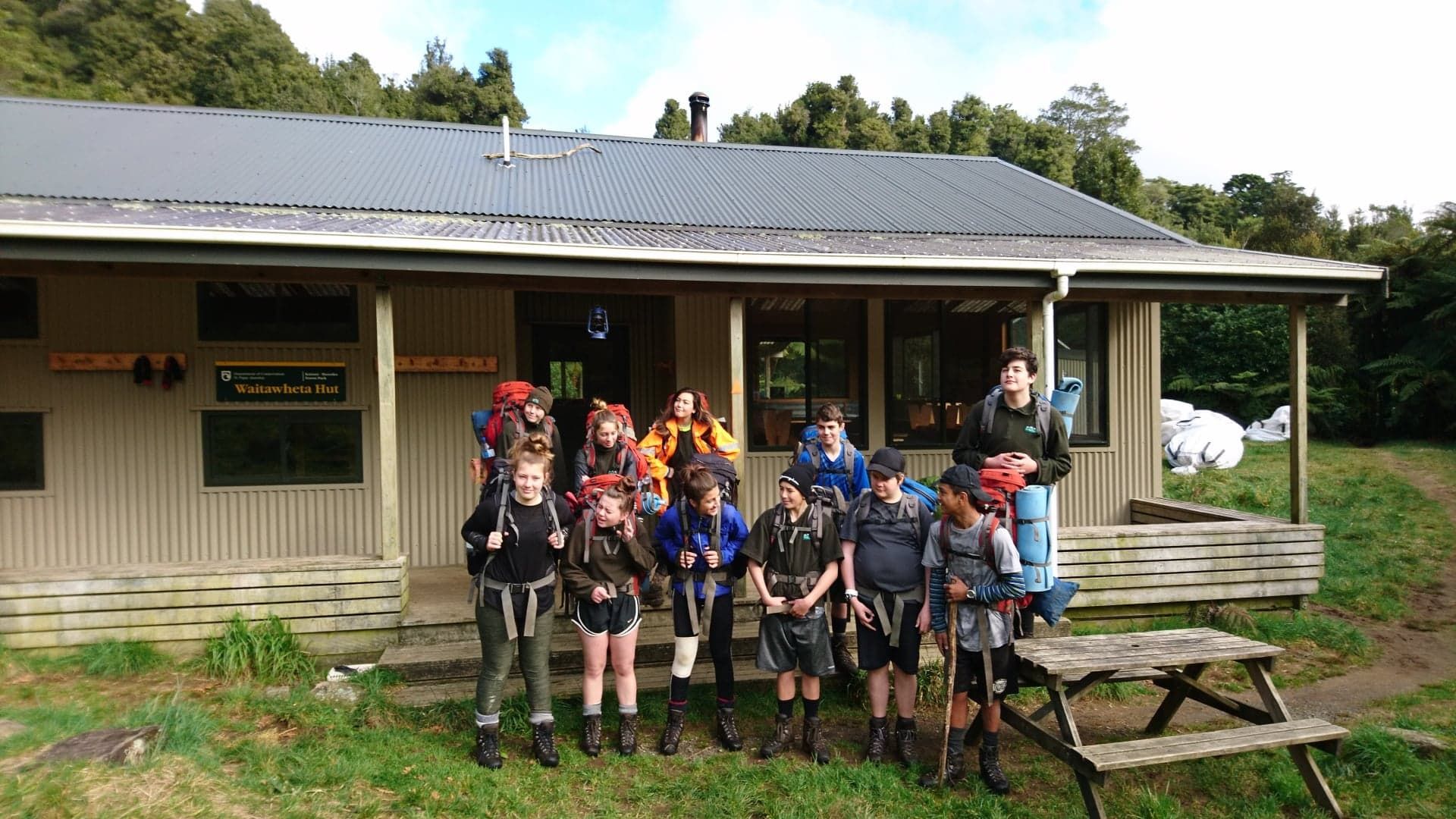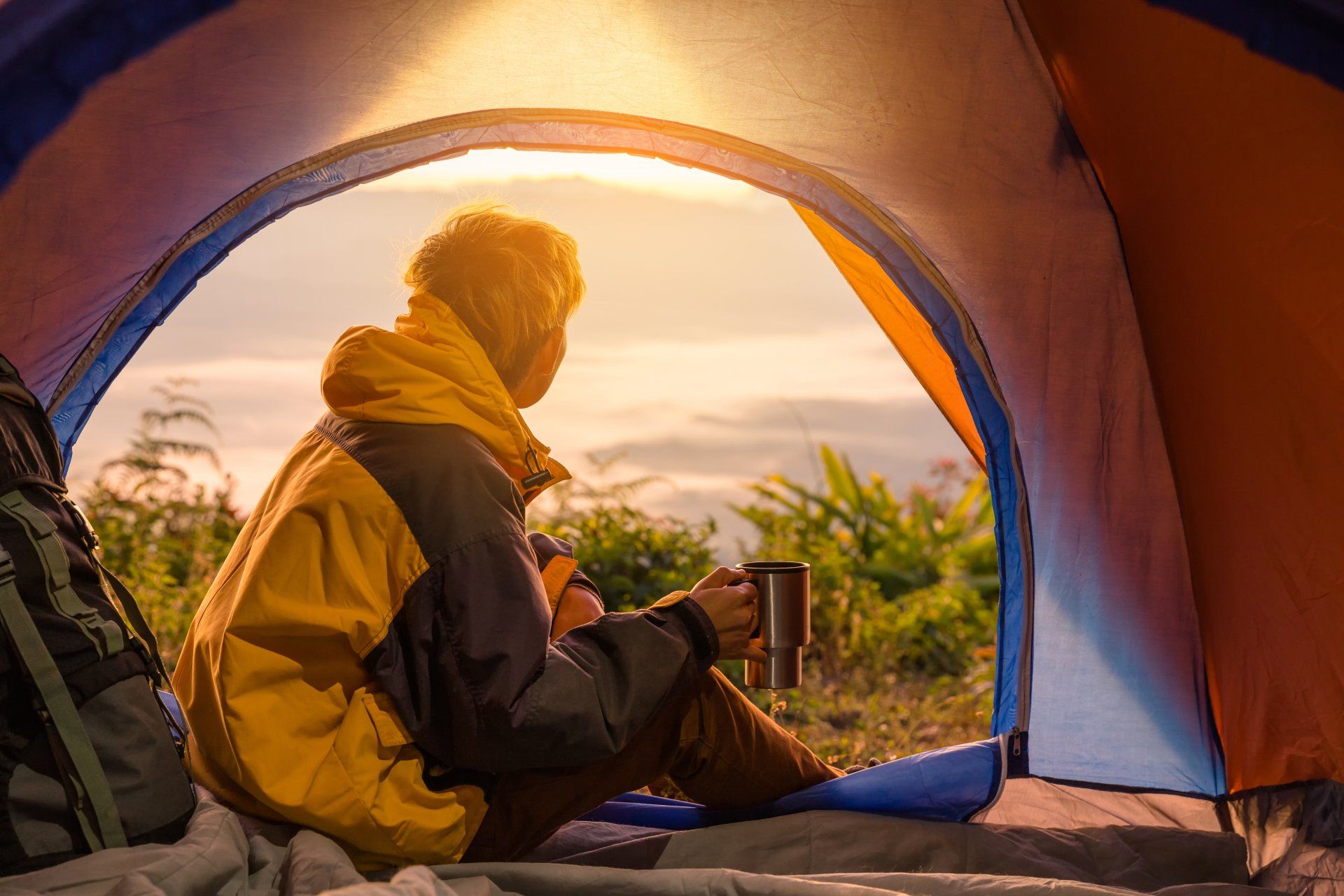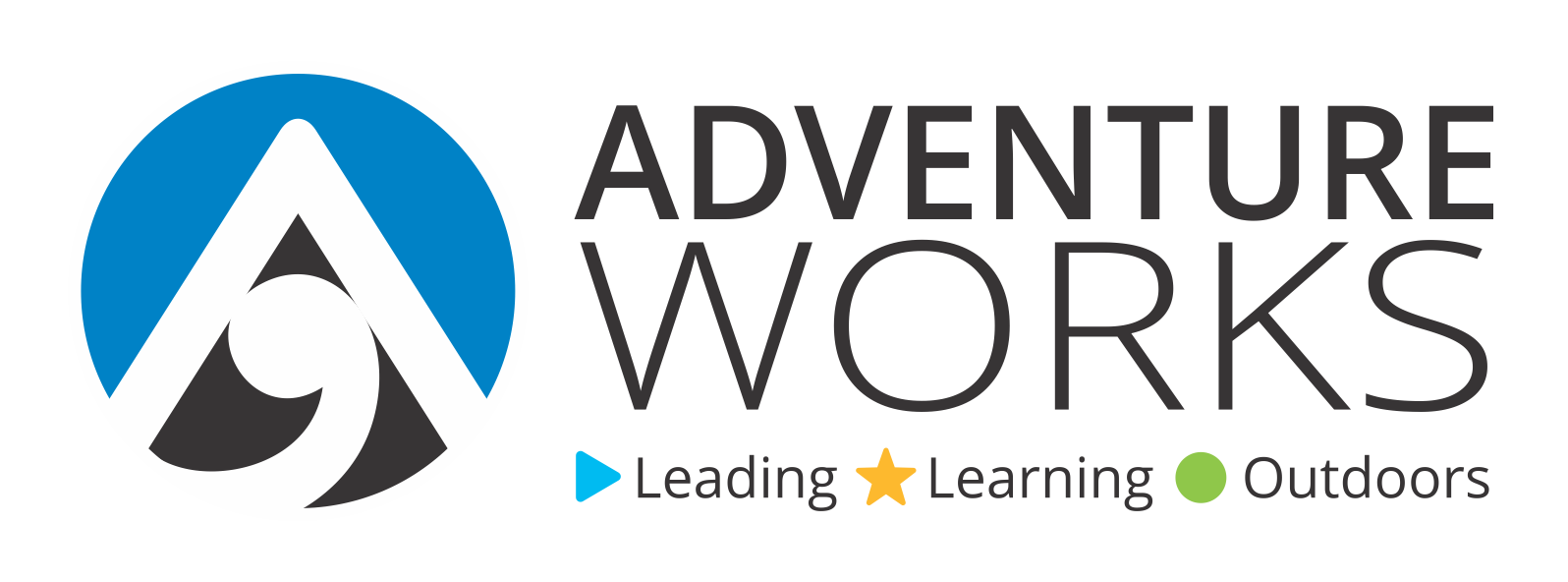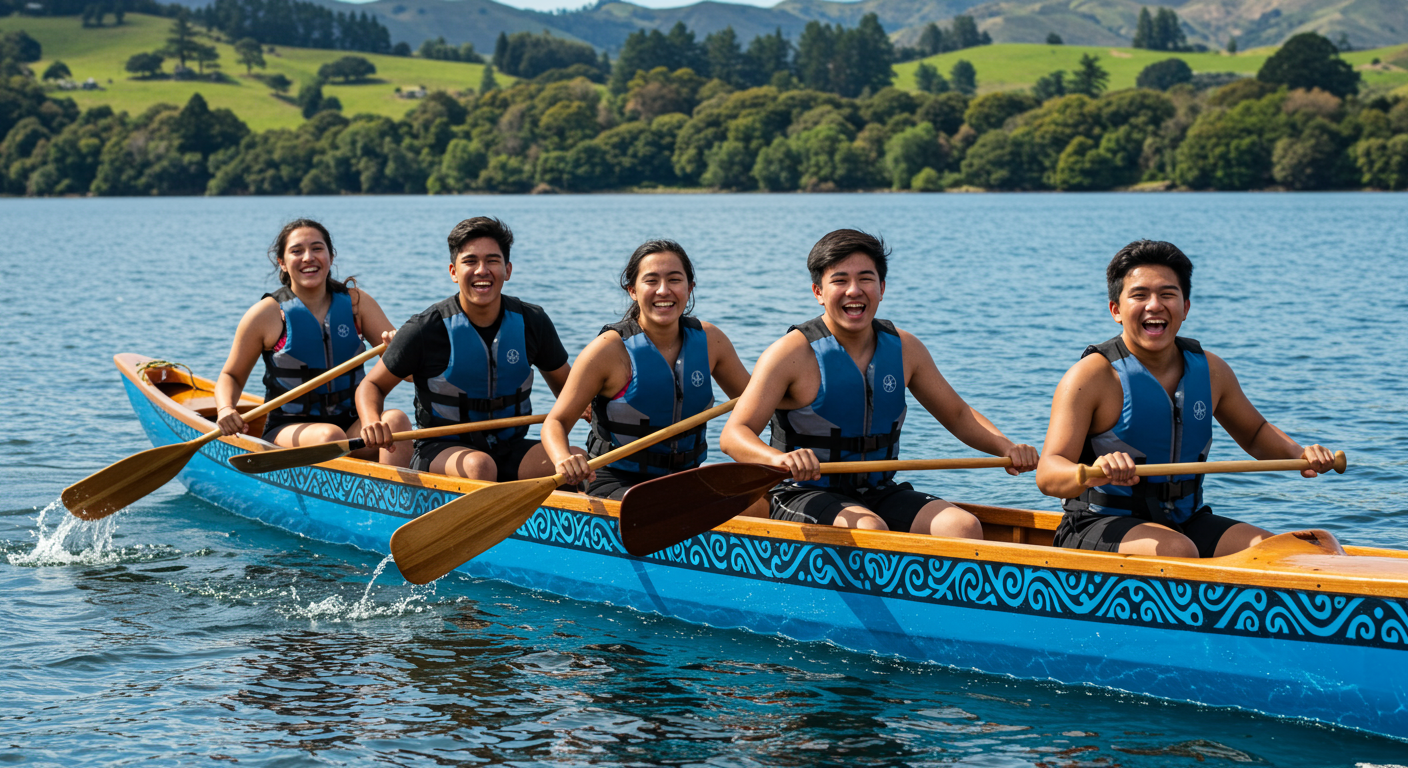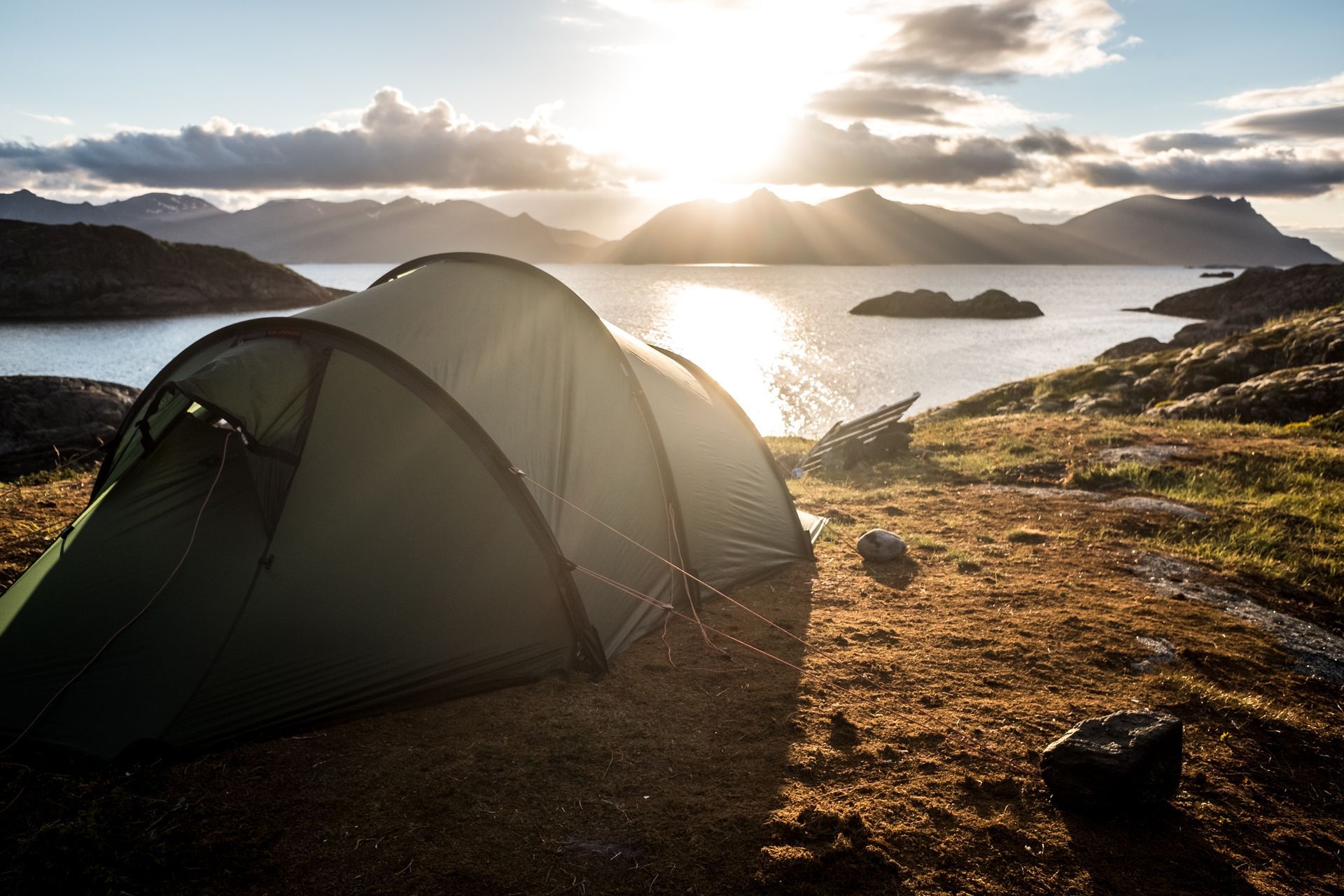Aoraki and Beyond: Your Essential Guide to Hiking and Climbing in New Zealand
Your Essential Guide to Hiking New Zealand's Great Walks
Key Takeaways
- New Zealand's Great Walks are more popular than ever, with bookings for the 2025/26 season surging significantly, making planning essential.
- Securing a spot on a Great Walk requires understanding the Department of Conservation’s online booking system and knowing when bookings open for each track.
- The walks are spread across the North Island and South Island, offering diverse landscapes from volcanic craters and lush forests to stunning coastal tracks.
- Thorough preparation is key; building skills in tramping, navigation, and outdoor safety ensures a rewarding and safe adventure for everyone.
- For aspiring outdoor leaders, these hikes can be a stepping stone to a professional career through recognised qualifications.
There’s a reason people travel from all over the world to hike in New Zealand. Our country is a breathtaking tapestry of dramatic landscapes, from ancient forests and alpine peaks to golden beaches and pristine fiords. At the heart of this outdoor paradise are the Great Walks, a collection of premier multi-day hiking trails that represent the best scenery New Zealand has to offer. As our tourism sector continues its strong recovery, with visitor arrivals now at 87% of pre-pandemic levels , the demand for these iconic experiences has skyrocketed. This guide is designed to help you navigate that popularity, whether you're an educator planning a school trip, a youth leader organising an adventurous journey, or an aspiring outdoor professional looking to hone your skills.
The Unprecedented Demand for NZ's Great Walks
If you’re thinking about tackling a Great Walk, you’re not alone. The secret is well and truly out. The demand for these incredible journeys has reached fever pitch, transforming the booking process into an event in itself. To put it in perspective, Great Walk bookings are up 7% for the 2025/26 season , with over 140,000 bed nights snapped up on the day bookings opened. This generated more than $9 million in a single day, a testament to the immense value people place on these experiences. This isn't just an international phenomenon; Kiwis love their backyard. Between December 2024 and February 2025, nearly 60,000 people hiked the Great Walks, with New Zealanders making up a solid 60% of that number. This incredible popularity means that if you want to secure a spot, you need a plan.
What Are the Great Walks of New Zealand?
The Great Walks are a network of premier multi-day hiking tracks maintained by the Department of Conservation (DOC). They are chosen for their outstanding natural beauty and are made accessible through a system of well-maintained tracks and backcountry huts. These aren't just any hiking trails; they traverse some of the most stunning and diverse landscapes in the country. You can explore the volcanic heart of the North Island on the Tongariro Northern Circuit, paddle the deep, calm waters of the Whanganui Journey, or wander through the lush beech forest and alpine tops of the Kepler Track in the South Island. The network includes coastal journeys like the Abel Tasman Coast Track, remote adventures on Stewart Island's Rakiura Track, and the country's newest Great Walk, the Paparoa Track. Soon, the spectacular Hump Ridge Track in Fiordland will also join this exclusive list, further cementing New Zealand’s reputation as a world-class hiking destination.

Your Step-by-Step Guide to Booking a Great Walk
With huts and campsites on popular tracks booking out in minutes, a little preparation goes a long way. Think of it less like booking accommodation and more like getting tickets to a sell-out concert. Here’s how to give yourself the best shot.
Step 1: Choose Your Adventure
First, decide which Great Walk is right for you. Consider your fitness, the time you have, and the kind of scenery that calls to you. Do you dream of golden beaches and turquoise water? The Abel Tasman Coast Track might be for you. Are you drawn to the raw, dramatic beauty of Fiordland National Park? Then the Routeburn or Kepler Track could be on your list. For a truly unique experience that isn’t a walk at all, the Whanganui Journey is a multi-day trip by kayak or canoe down a historic river. Research the different tracks on the Department of Conservation website to find your perfect match.
Step 2: Know the Booking Opening Dates
This is the most critical step. The Department of Conservation staggers the booking opening dates for the Great Walks, usually throughout May and June for the following season (which runs from spring to autumn). These dates are announced well in advance. Mark the date and time in your calendar for your chosen track. Be aware of time zones if you're booking from overseas. On booking day, the most popular tracks, like the Milford Track, can sell out for the entire season in under an hour.
Step 3: Use the DOC Booking System
To save precious time on booking day, create an account on the DOC's online booking system beforehand. Familiarise yourself with the interface so you know exactly where to click. Have your preferred dates, as well as several backup dates, ready to go. You’ll also need the names and details of everyone in your party. When the clock strikes, be logged in, be ready, and be quick. The system is designed to handle high traffic, but with thousands of people trying to book accommodation at once, every second counts.
What is the Most Famous Hiking Trail in New Zealand?
The Milford Track is often considered the most famous hiking trail in New Zealand. Hailed for over a century as "the finest walk in the world," this 53.5-kilometre journey through Fiordland National Park is on the bucket list of hikers globally. The track offers an incredible cross-section of New Zealand's epic scenery, from the crystal-clear waters of Lake Te Anau, through ancient rainforests and across alpine passes, culminating in the breathtaking majesty of Milford Sound. While the Milford Track holds a special status, other tracks like the Routeburn, with its panoramic views, and the Tongariro Northern Circuit, with its active volcanic landscape, are equally famous and spectacular in their own right.

Preparing for Your Great Walk Adventure
Booking your Great Walk is just the beginning; the real preparation starts now. A successful multi-day hike, or tramp as we call it in NZ, depends on your physical fitness, your gear, and your skills. It's about being ready for whatever the trail and the changeable New Zealand weather throw at you. Beyond just having the right gear, having the right skills is paramount. For anyone looking to build their confidence before tackling a multi-day tramp, we offer hands-on training in essential outdoor activities. Our public courses in tramping , mountain biking, and more are perfect for preparing for a New Zealand hiking adventure. These programmes are designed to build your capability and confidence in the outdoors, covering everything from navigation to river safety, so you can focus on enjoying the stunning scenery.
For Educators, Youth Leaders, and Aspiring Professionals
The Great Walks are more than just hiking trails; they are powerful outdoor classrooms. They offer incredible opportunities for personal growth, leadership development, and fostering a deep connection with the natural world. Organising an adventurous journey for a youth group can seem daunting, but the rewards are immense. As a recognised provider for the Duke of Edinburgh's Hillary Award, we have extensive experience in this area. We provide tailored support for Bronze, Silver, and Gold DofE participants , ensuring every journey is safe, well-organised, and unforgettable, helping young people build resilience and self-reliance. For those who feel the call of the mountains as a career path, these hikes are more than just a holiday—they're a classroom. We provide a clear pathway to a professional career in the outdoor industry. Thanks to our partnership with the New Zealand Outdoor Instructors Association (NZOIA) , our NZQA-accredited qualifications can lead directly to NZOIA awards and membership, turning a passion for the outdoors into a profession.
Respecting the Whenua (Land)
Embarking on a Great Walk is a privilege that comes with a responsibility to care for the land. The concept of Tiaki means to care for people, place, and culture for now and for future generations. When you're out on the track, you are a guardian of these precious national parks. This means following Leave No Trace principles: pack out everything you pack in (including food scraps), stay on the marked tracks to protect fragile ecosystems, and give wildlife its space. By treading lightly and acting as kaitiaki (guardians), we ensure these incredible landscapes remain pristine for all who follow.
Hiking one of New Zealand’s Great Walks is an experience that stays with you long after you've taken off your boots. It’s a chance to disconnect from the noise of daily life and reconnect with something more fundamental. With the right planning, preparation, and respect for the environment, this incredible adventure is well within your reach. So, start dreaming, start planning, and we'll see you out on the track.
